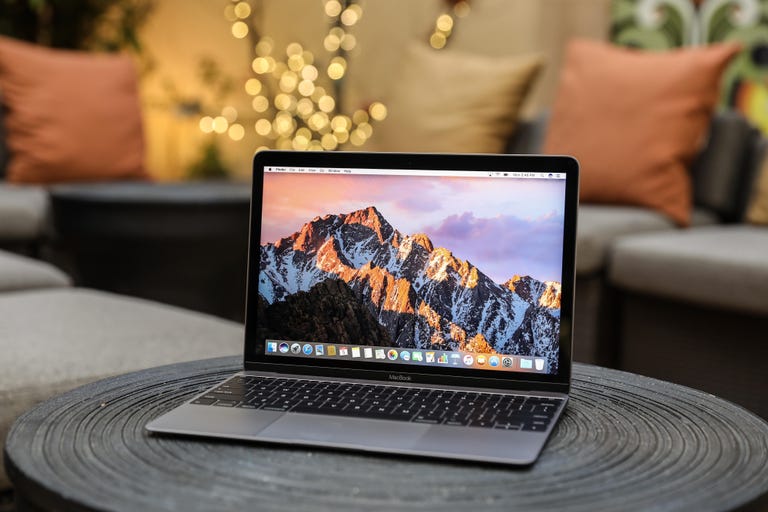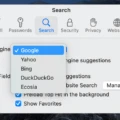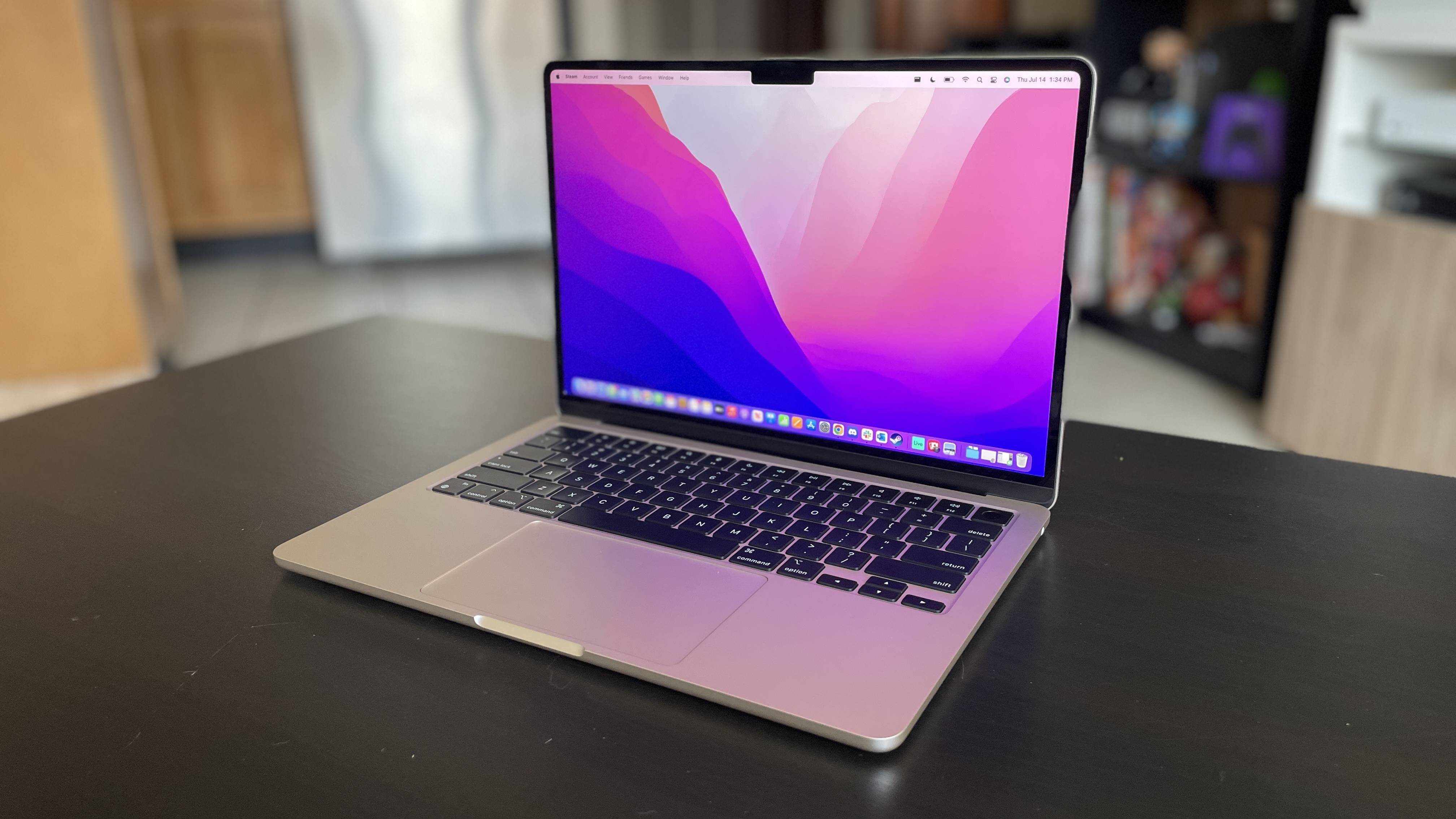If you own a MacBook, you may have experienced the frustrating issue of it randomly going to sleep. This unexpected sleep mode can disrupt your workflow and cause inconvenience. But fear not, as there are several possible causes and solutions to this problem.
One common reason for your MacBook to randomly go to sleep is software-related. Certain applications or processes running on your Mac may be triggering the sleep mode. To address this, you can start by checking your Energy Saver settings. To do this, click on the Apple icon in the upper left corner of the screen and choose System Preferences. From there, click on Energy Saver and make sure the checkbox for “Prevent your Mac from automatically sleeping when the display is off” is selected. This will ensure that your Mac stays awake even when the display is off.
Another factor that can contribute to your MacBook’s sleep issues is external devices connected to your Mac. Sometimes, faulty or incompatible devices can send signals to your Mac, causing it to go to sleep unexpectedly. To troubleshoot this, try disconnecting all external devices from your MacBook and see if the sleep issue persists. If the problem goes away, you can reconnect the devices one by one to identify the culprit.
Hardware-related issues can also cause your MacBook to randomly go to sleep. One such issue is a malfunctioning System Management Controller (SMC). The SMC controls various functions of your Mac, including sleep and wake settings. If the SMC is not functioning properly, it can lead to wake failures. To reset the SMC, shut down your MacBook and then press and hold the power button for 10 seconds. Release the button, wait a few seconds, and then power on your MacBook again. This should reset the SMC and potentially resolve the sleep issue.
In some cases, a corrupted startup disk or a power outage during sleep mode can prevent your MacBook from waking up. To address this, you can adjust your Energy Saver settings to ensure that your Mac never goes to sleep. Go to System Preferences > Battery > Energy Saver > Power Adapter and move the slider to “Never”. This will prevent your Mac from entering sleep mode, eliminating the possibility of waking failures caused by disk corruption or power outages.
A MacBook randomly going to sleep can be a frustrating problem to deal with. By checking your Energy Saver settings, disconnecting external devices, resetting the SMC, and adjusting sleep settings, you can troubleshoot and potentially resolve this issue. Remember to always keep your software and firmware up to date to minimize the chances of encountering such problems in the future.

Why Does Your MacBook Keep Shutting Off Randomly?
There can be several reasons why your MacBook keeps shutting off randomly. Here are some possible causes:
1. Overheating: MacBooks have built-in systems to prevent overheating, but if they are exposed to high temperatures or if the cooling system is not functioning properly, the MacBook may shut down to protect itself.
2. Software issues: Faulty or incompatible software can cause your MacBook to crash and shut down unexpectedly. This can be due to a recently installed application, driver, or system update that is causing conflicts.
3. Hardware problems: Issues with hardware components such as the battery, power adapter, or motherboard can cause your MacBook to shut down unexpectedly. Faulty or failing hardware can trigger a shutdown to prevent further damage.
4. Electrical issues: If your MacBook is not getting a stable power supply or if there are fluctuations in the electrical current, it may shut down randomly. This can happen if you are using a faulty power adapter or if the power source itself is unstable.
5. Battery issues: A faulty or aging battery can cause your MacBook to shut down unexpectedly, especially if it is unable to hold a charge or if the battery health is degraded.
6. Kernel Panic: Kernel Panic is a type of error that occurs when the core of the macOS encounters an issue that it cannot recover from. This can lead to an immediate shutdown to prevent further damage.
7. Malware or viruses: Although rare, malware or viruses can cause your MacBook to behave erratically, including sudden shutdowns. It is important to keep your MacBook protected with up-to-date antivirus software.
How Do You Stop Your MacBook From Going to Sleep?
To prevent your MacBook from going to sleep, follow these steps:
1. Click on the Apple icon located in the upper left corner of the screen.
2. From the drop-down menu, select “System Preferences.”
3. In the System Preferences window, click on “Energy Saver.”
4. In the Energy Saver preferences, you will see various options related to power management.
5. Look for the option that says “Prevent your Mac from automatically sleeping when the display is off.”
6. Select the checkbox next to this option to enable it.
7. Once you have selected the checkbox, your MacBook will no longer go to sleep when the display is off.
By following these steps, you can ensure that your MacBook stays awake even when the display is turned off. This can be useful if you want to continue running certain tasks or processes without interruptions.
Why Does Your Mac Sometimes Not Wake Up?
There could be several reasons why your Mac sometimes doesn’t wake up from sleep. Here are some possible explanations:
1. SMC issues: The System Management Controller (SMC) is responsible for managing various hardware settings, including sleep and wake functions. If the SMC encounters a problem or becomes unresponsive, it can prevent your Mac from waking up properly.
2. Corrupted startup disk: If the startup disk on your Mac becomes corrupted or encounters errors, it can interfere with the wake-up process. This can happen due to various reasons, such as improper shutdowns or software issues.
3. Power outage during sleep: If a power outage occurs while your Mac is in sleep mode, it can disrupt the normal wake-up process. In such cases, your Mac may fail to wake up when power is restored.
4. Software conflicts: Sometimes, certain software applications or drivers can conflict with the sleep and wake functions of your Mac. This can prevent your Mac from waking up properly or cause it to freeze when attempting to wake up.
5. Hardware issues: In rare cases, hardware problems, such as a faulty power button or a malfunctioning display, can prevent your Mac from waking up. However, hardware issues are less common compared to software-related causes.
How Do You Stop Your MacBook Pro Screen From Going Black?
To prevent your MacBook Pro screen from going black, follow these steps:
1. Click on the Apple menu in the upper-left corner of your screen and select “System Preferences.”
2. In the System Preferences window, click on “Battery.”
3. Within the Battery settings, click on the “Energy Saver” tab.
4. Look for the “Power Adapter” section and adjust the slider for “Turn display off after” to “Never.”
By moving the slider to “Never,” your MacBook Pro’s screen will not go black due to inactivity while it is connected to a power source. This setting ensures that the display remains on as long as the laptop is plugged in.
It’s worth noting that keeping your screen on indefinitely may drain your battery faster, so it’s recommended to adjust this setting only when necessary or when you have access to a power outlet.
By following these steps, you can effectively prevent your MacBook Pro screen from going black.
Conclusion
Unexpected restarts and issues with waking up from sleep mode can be quite common on MacBooks. These issues can be caused by various factors, such as software conflicts or devices connected to the Mac. By adjusting the energy settings in System Preferences, such as preventing the Mac from automatically sleeping when the display is off, you may be able to prevent unexpected restarts and improve wake-up performance.
Another potential cause of wake failure is an issue with the System Management Controller (SMC), which controls sleep and wake settings on a Mac. If the SMC is not functioning properly, it can lead to problems with waking up from sleep mode. In such cases, it may be necessary to reset the SMC to resolve the issue.
Additionally, a corrupted startup disk or a power outage during sleep mode can also prevent a Mac from waking up. Checking the health of the startup disk and ensuring a stable power source can help prevent these issues.
By following these steps and troubleshooting methods, you can improve the sleep and wake performance of your MacBook and minimize unexpected restarts. However, if the problem persists, it may be necessary to consult with an expert or contact Apple support for further assistance.













